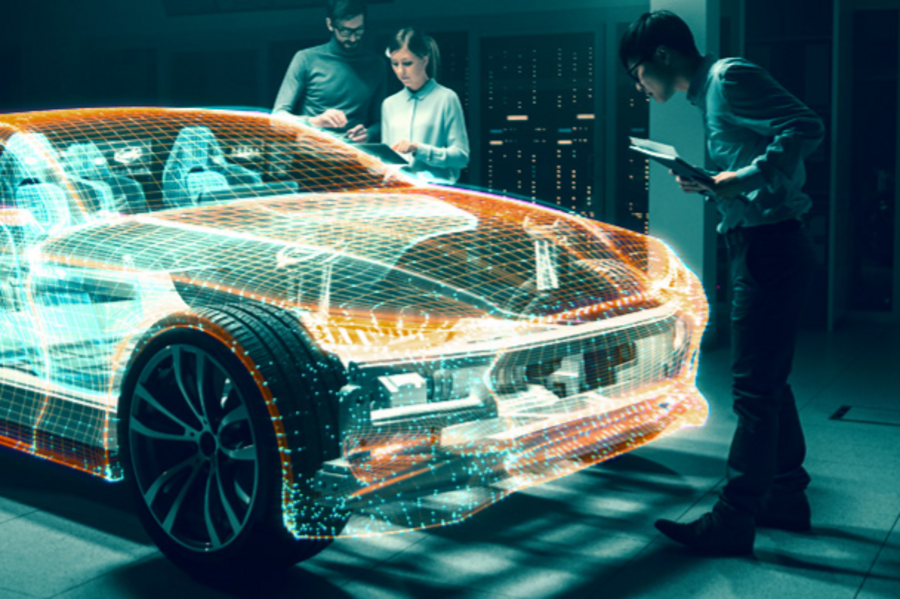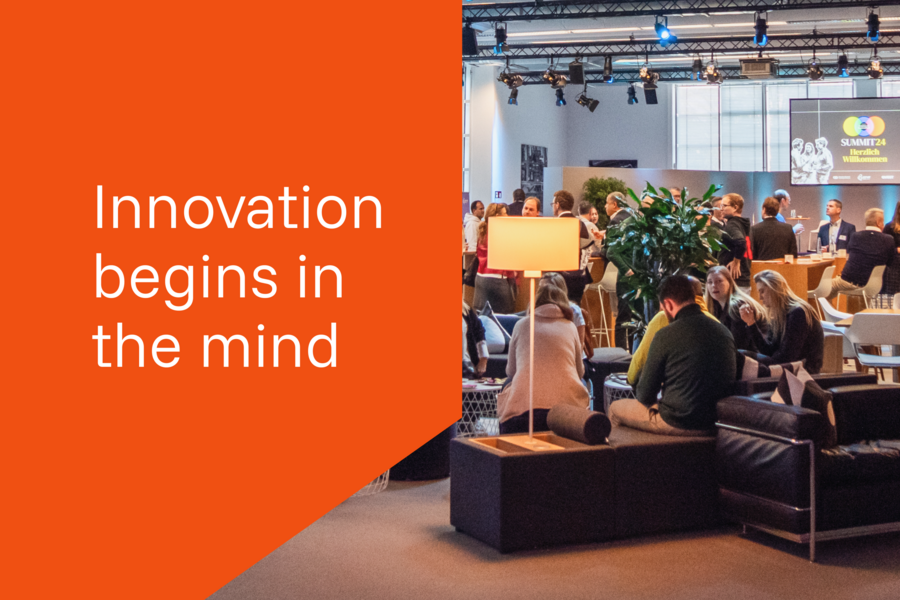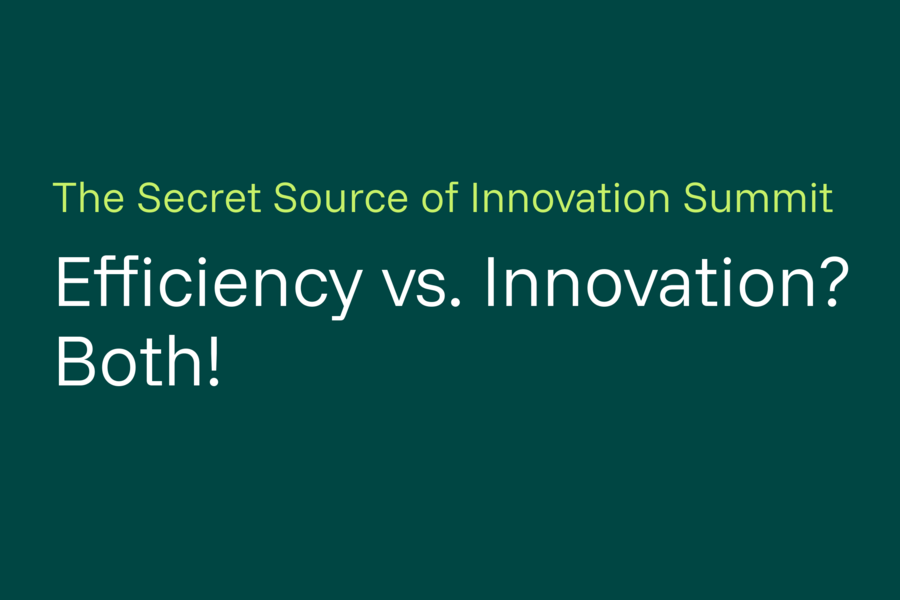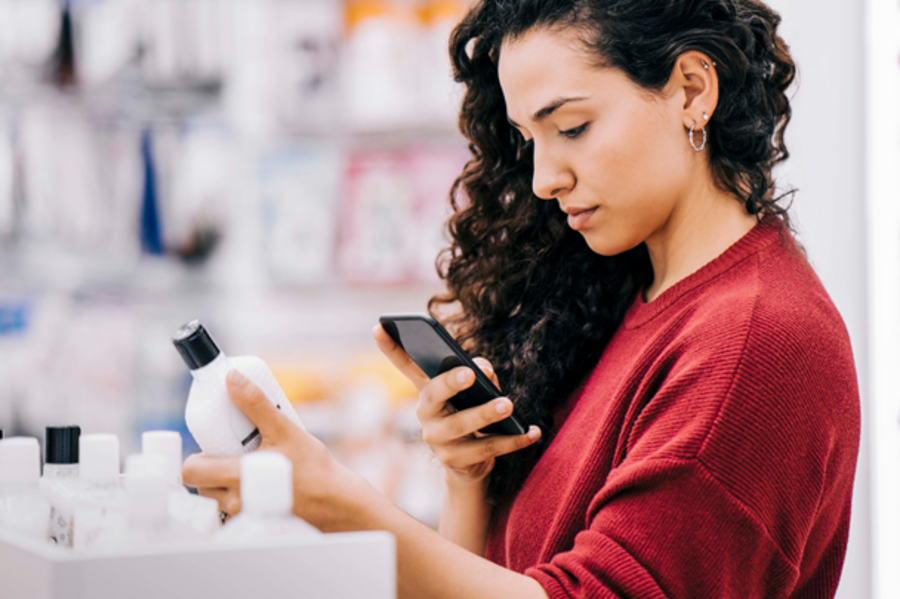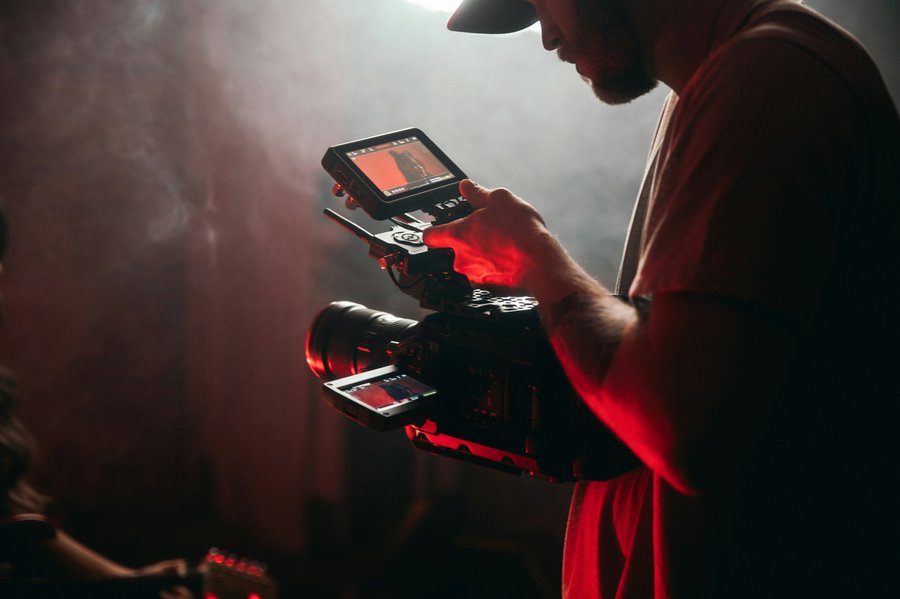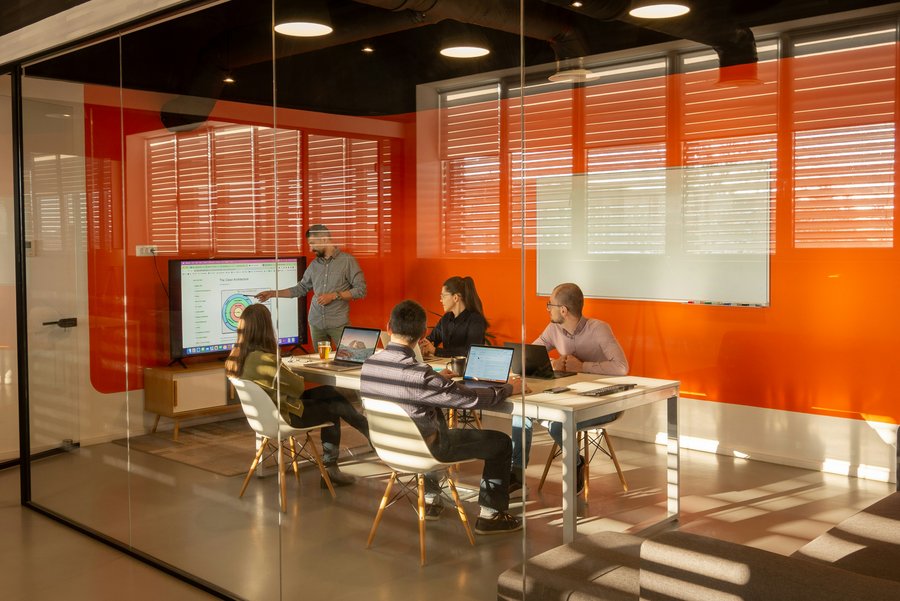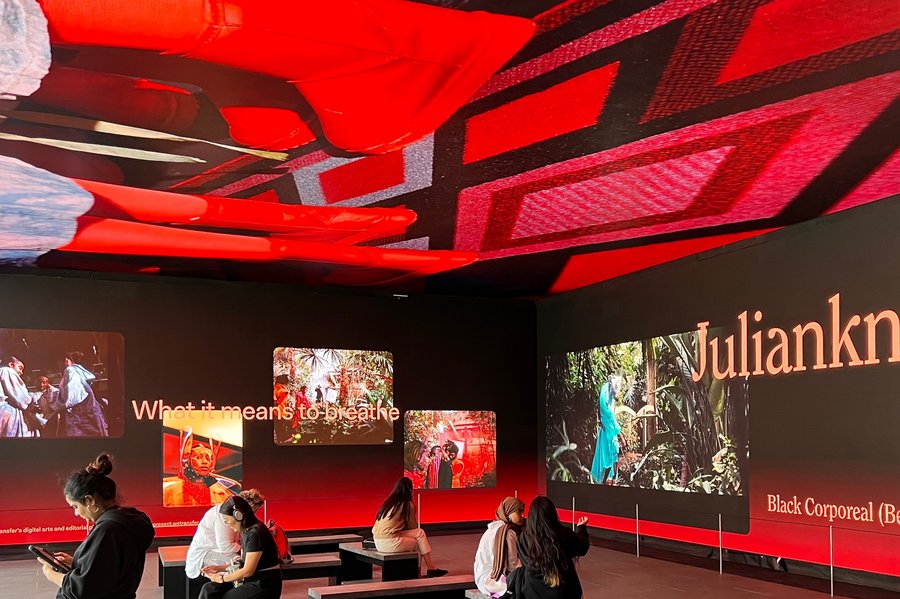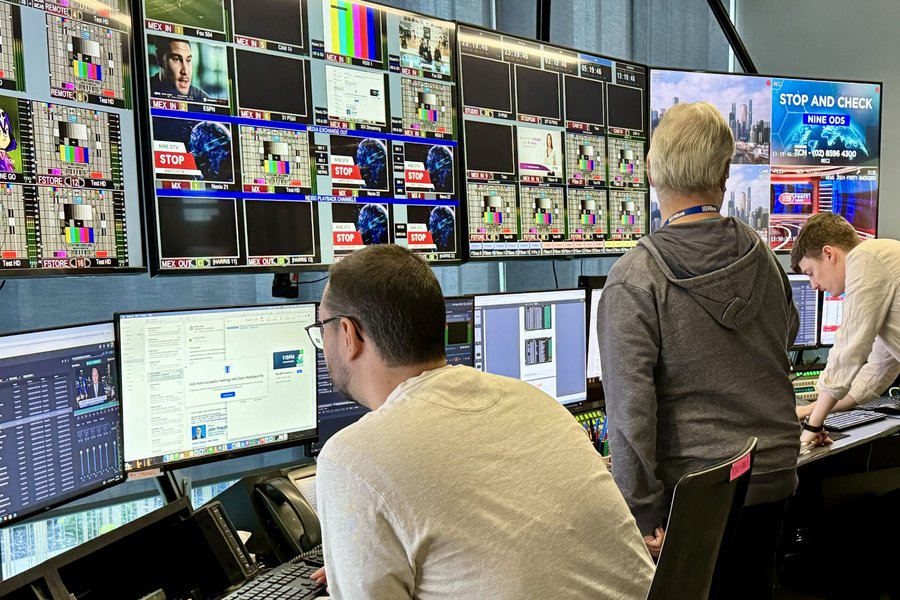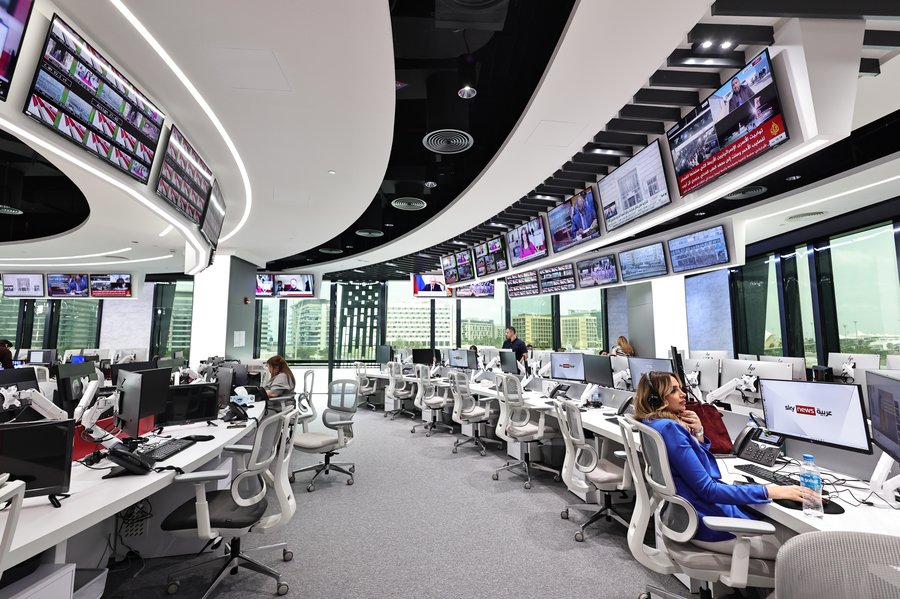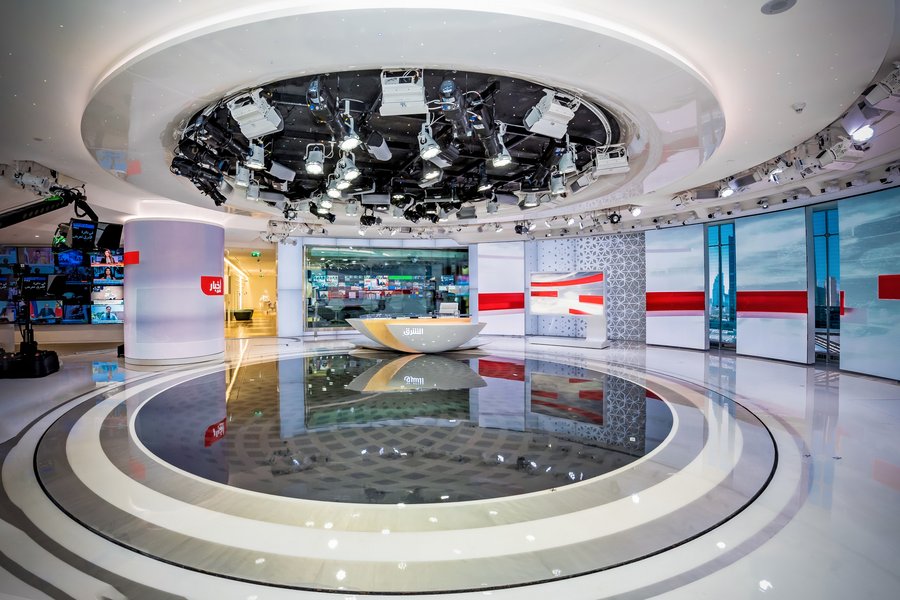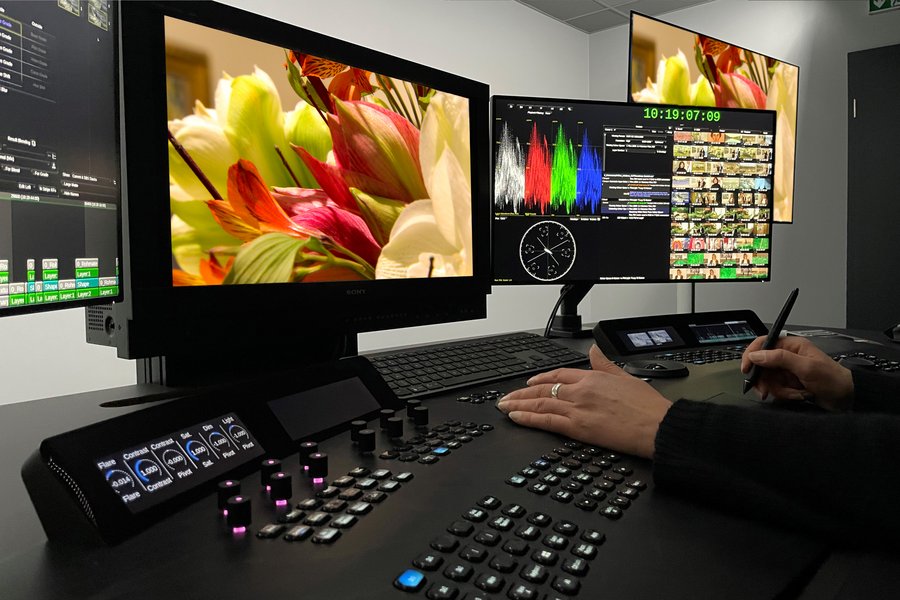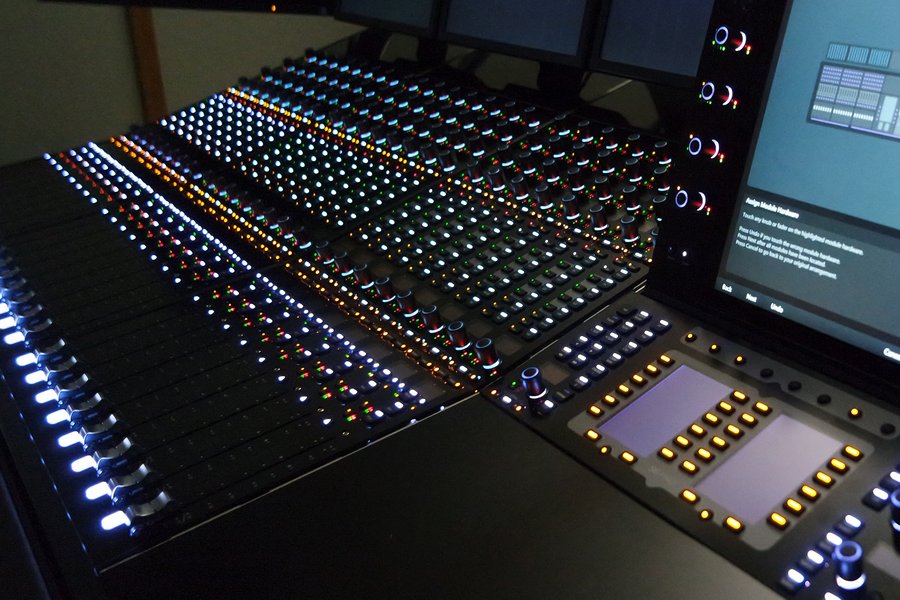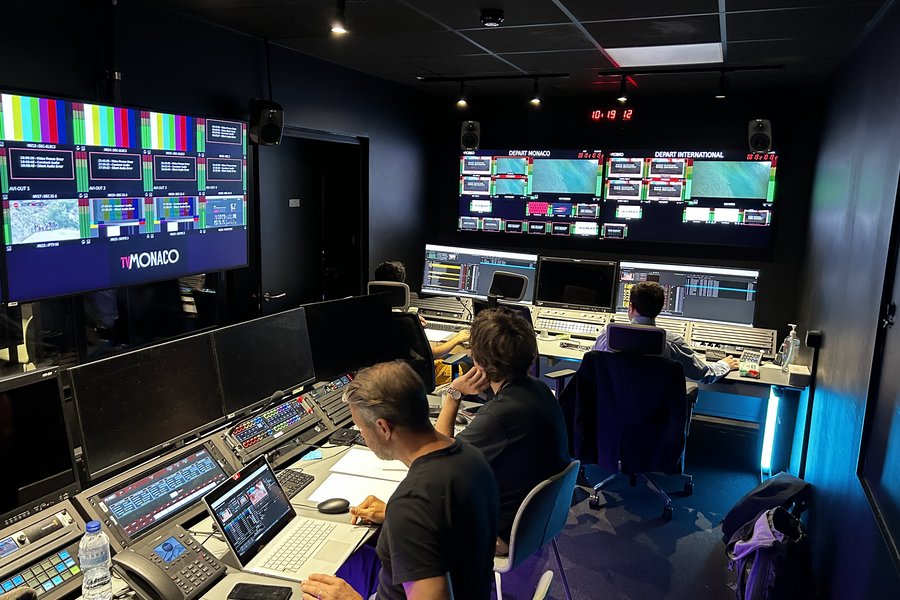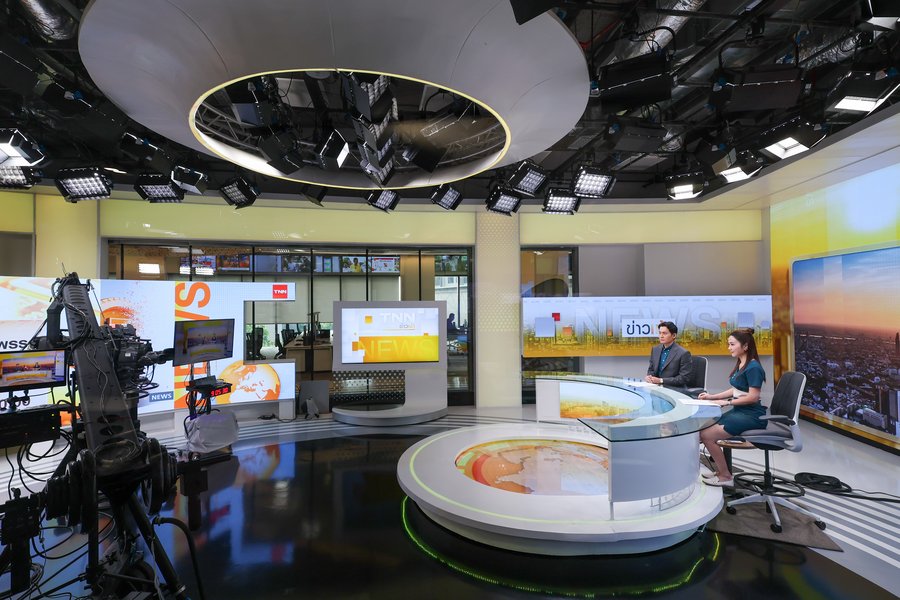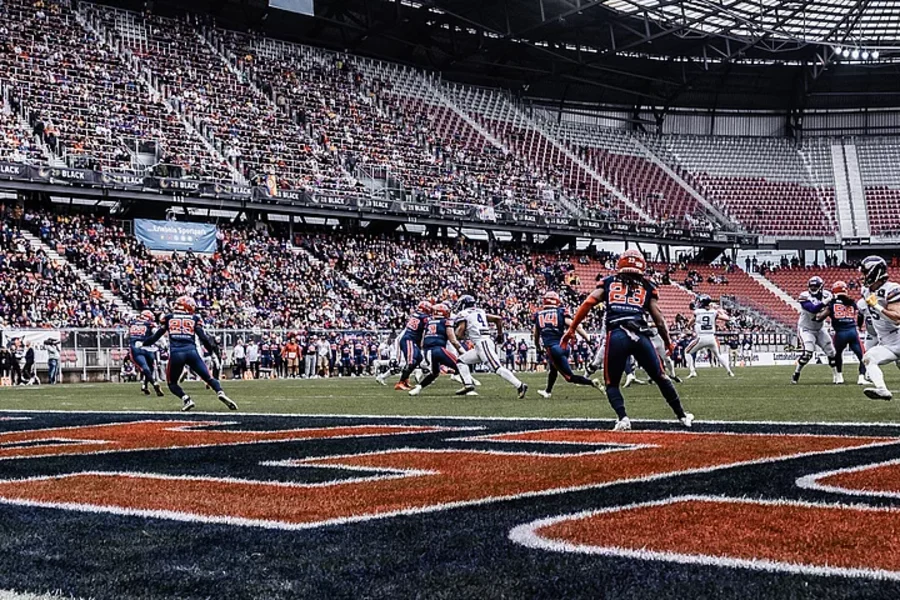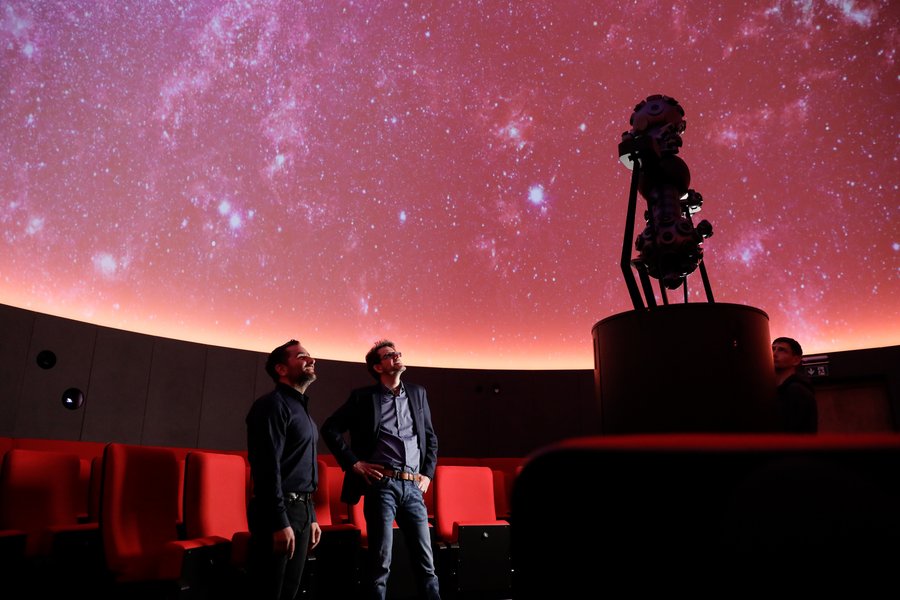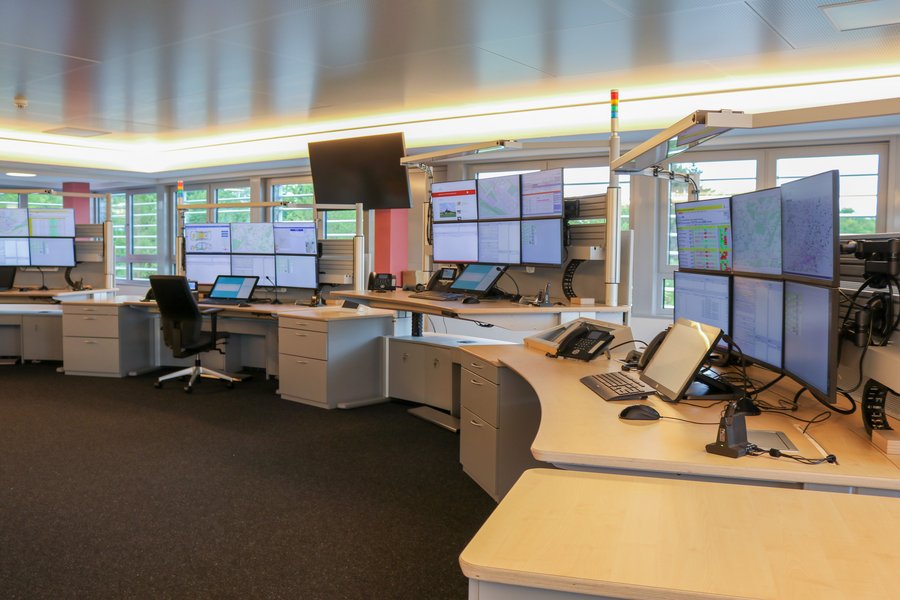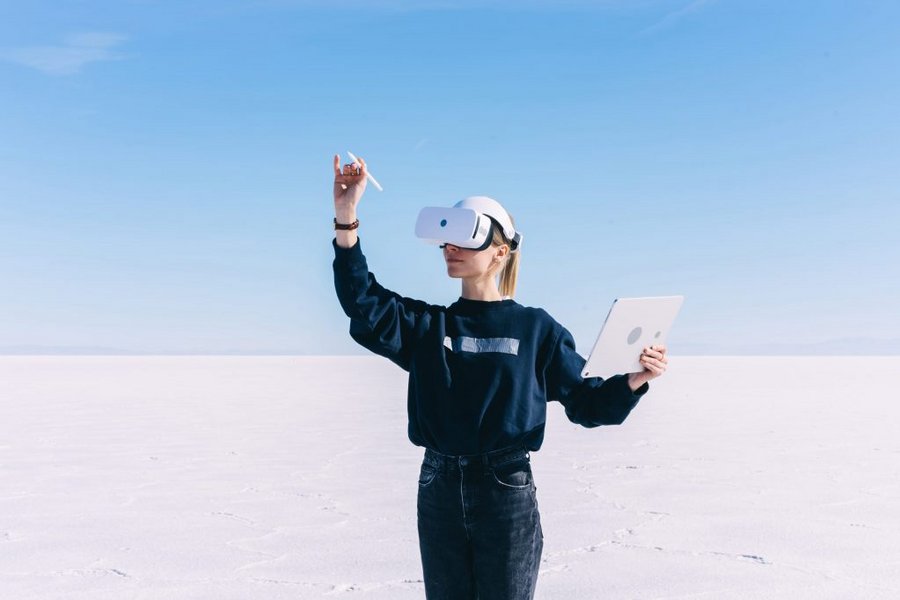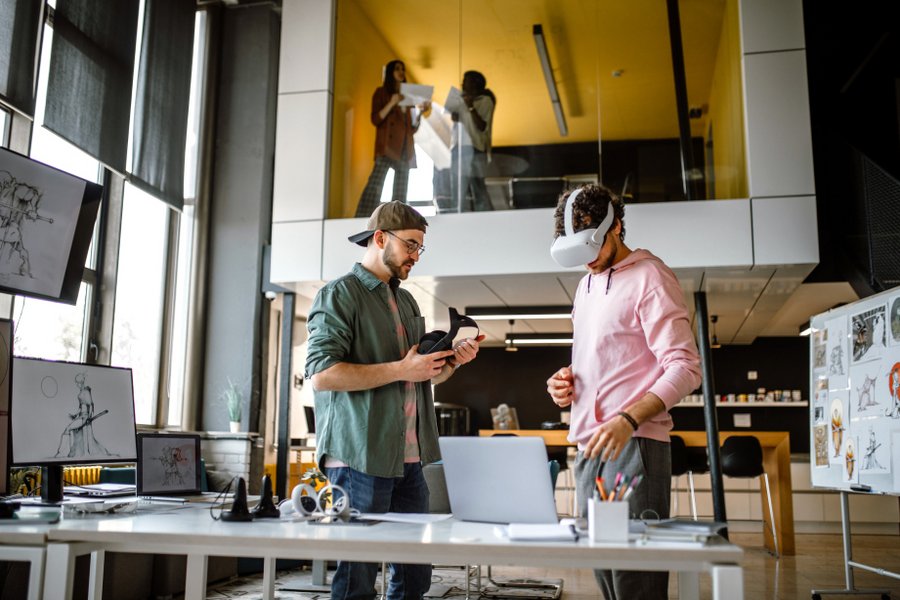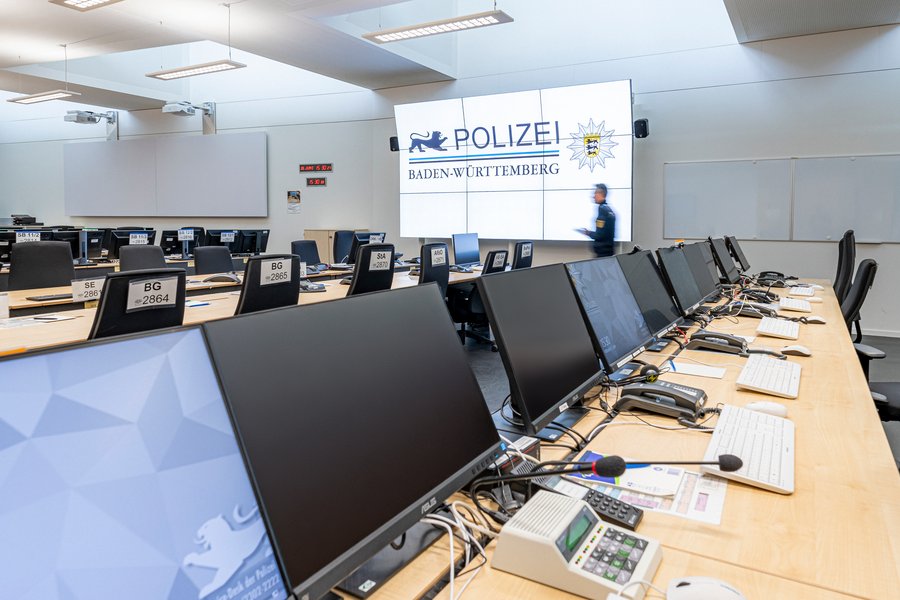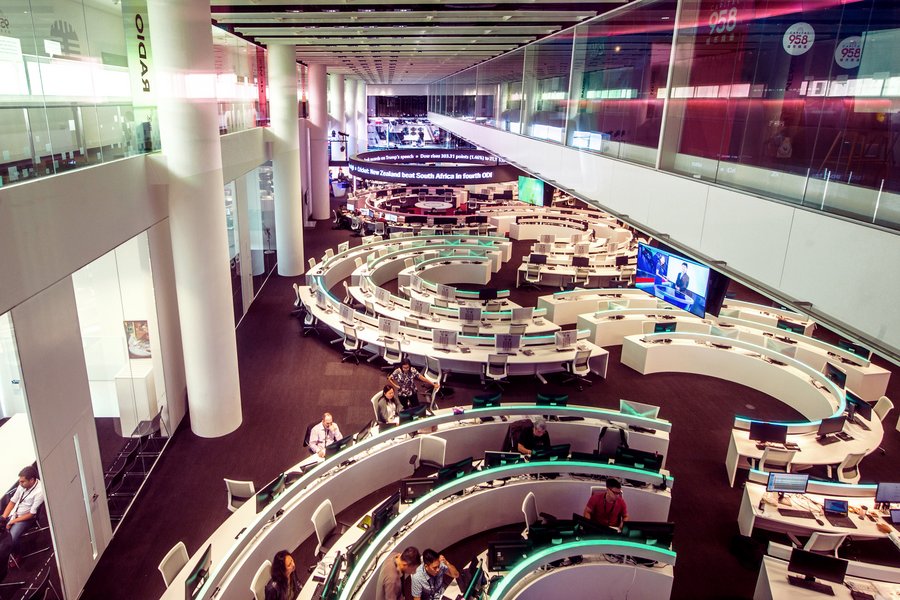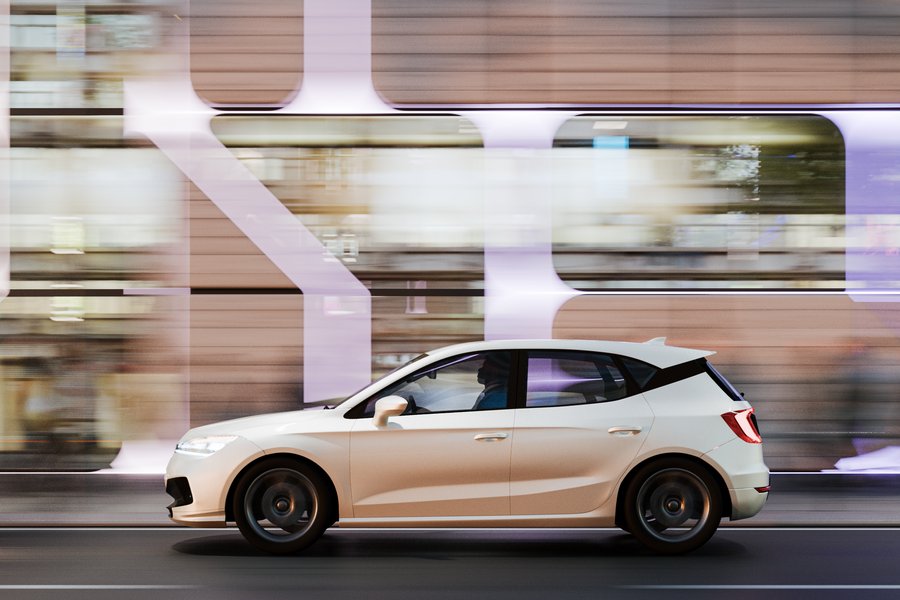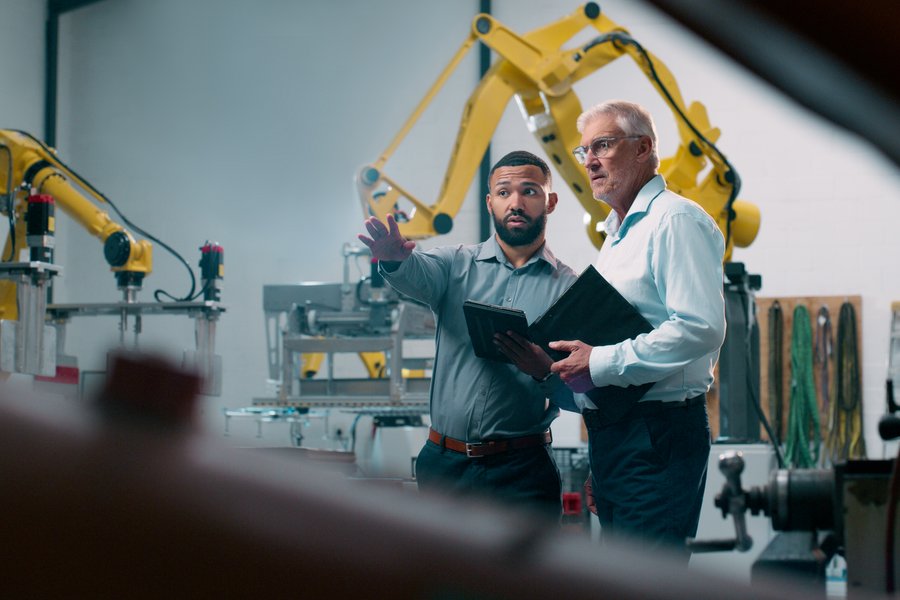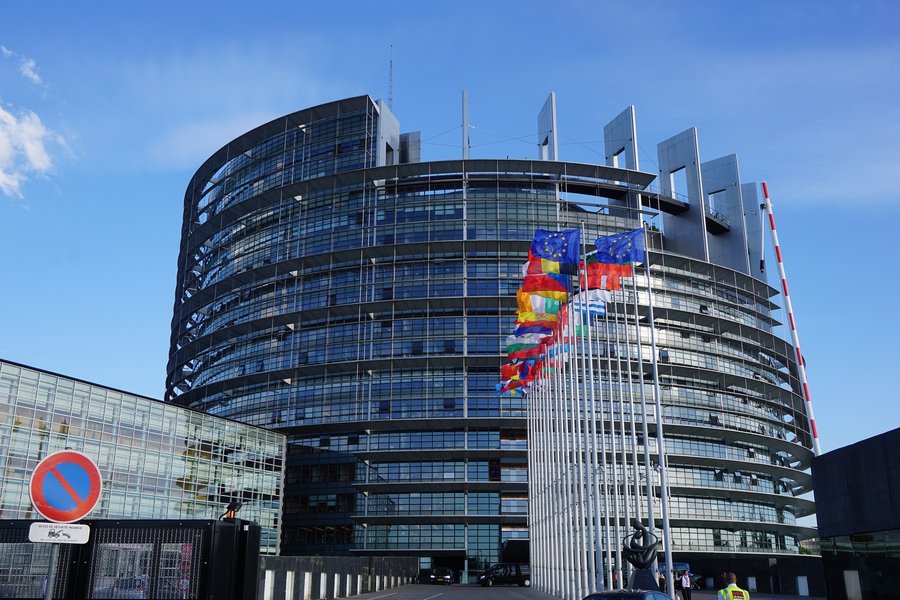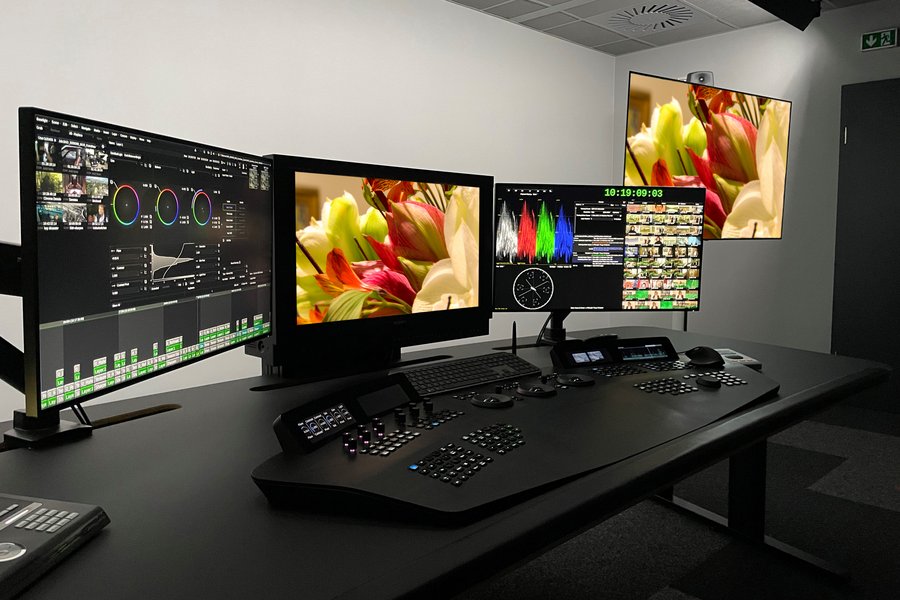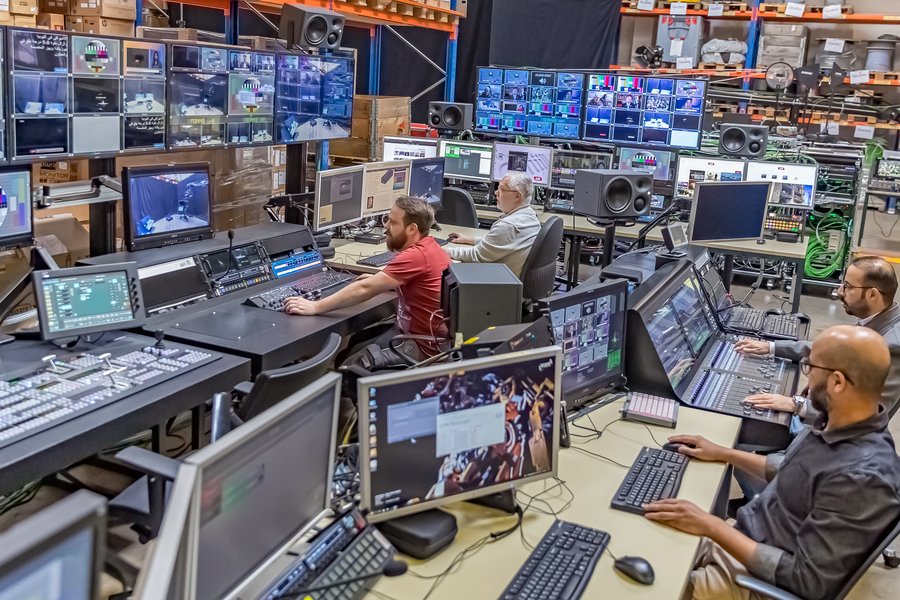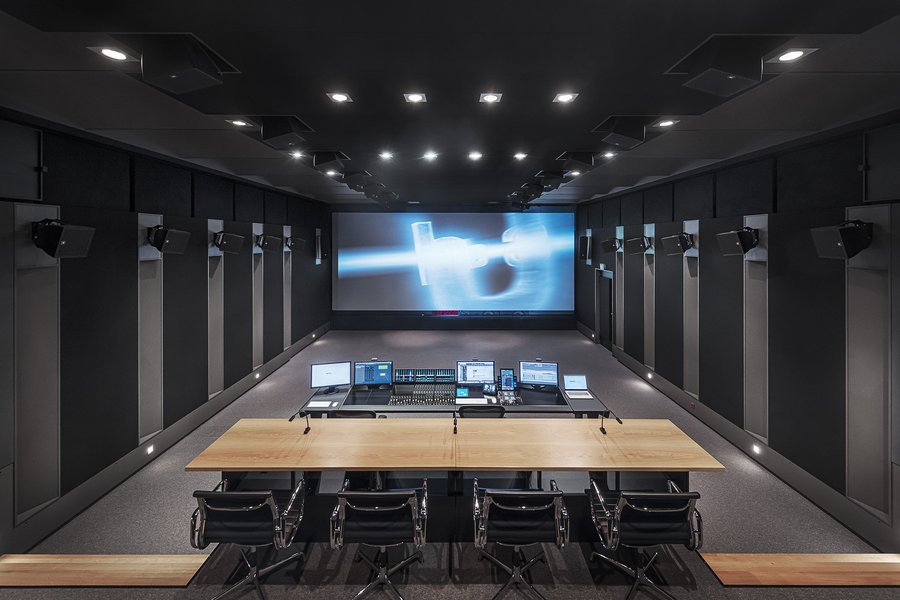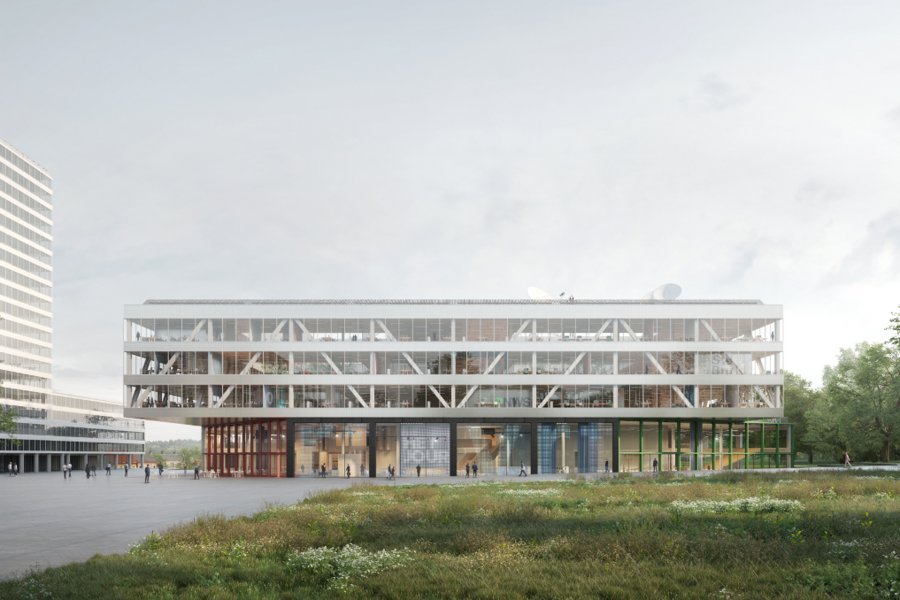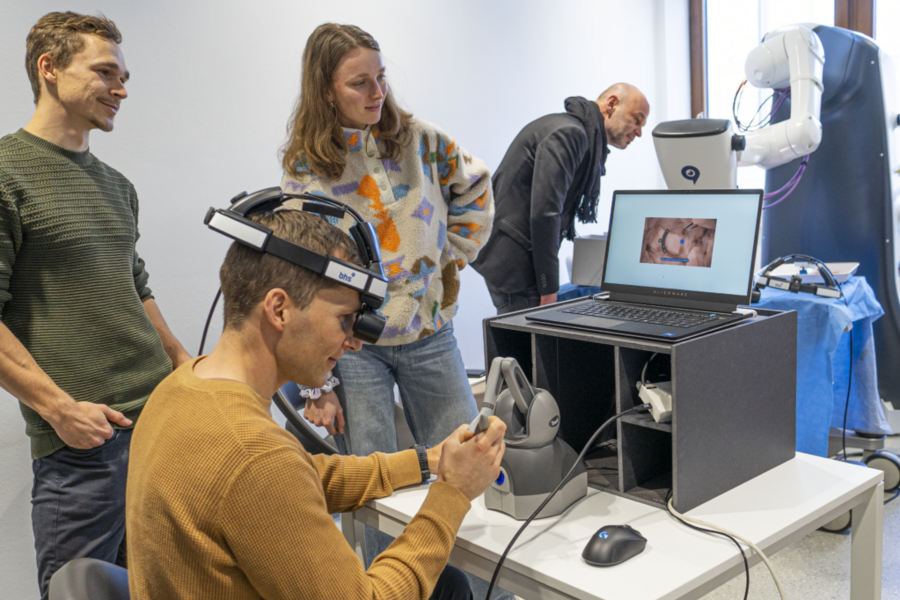Retail goes immersive: How media technology is redefining the shopping experience

The customer experience in retail is undergoing a fundamental transformation through immersive media technology. Stores are becoming dynamic brand platforms where technologies such as AI, AR/VR, and cloud system integration dissolve the boundaries between digital and physical shopping. Those who invest now will see measurable benefits – engagement, dwell time, and revenue are all increasing, as shown by industry studies and real-world use cases.
1. Trend radar: Experience beats transaction
Many retail executives expect immersive technologies to become standard in flagship stores and retail chains within the next five years. 78% of younger consumers say they would spend money on “digital retailtainment.”¹ Personal and emotional brand experiences are becoming the main reason to visit a store – purchasing is secondary. AR mirrors, interactive fitting experiences, sensors, and data-driven displays create experiential worlds that inspire and engage beyond the point of sale. Shopping is becoming a stage where strong brands orchestrate their stories rather than just transactions. Retailers are already investing in:
-
AI-driven hyperpersonalization: AI systems enable real-time adaptation of content, offers, and music at the point of sale. Retailers are investing in precise, data-driven customer engagement that targets individuals in context.
-
Phygital spaces and the metaverse: Retail brands are using virtual worlds and hybrid events to merge physical stores with digital experiences, increasingly leveraging metaverse platforms for immersive customer journeys.
-
Retail media and alternative revenue streams: Through digital in-store advertising, retailers are unlocking additional revenue potential.
2. Technology architecture: Three pillars of sustainable success
-
Content orchestration and data playbooks
In modern stores, intelligent content control determines which message, video, or offer is displayed in which zone, and at what time. Best practices include:
– Segmentation by time of day, audience, weather, and events
– Cross-channel consistency so that social media, web, and in-store content are synchronized
– Automated triggers for content changes, for instance, when customer flow or event occupancy shifts -
Command center and real-time monitoring
Installed command centers increase operational reliability by monitoring signage, sensors, and content performance, while triggering automated measures in the event of failure or disruption. Example: automatic failover to backup content in case of a network outage ensures a continuous customer experience even during technical incidents. -
System integration and cloud
An increasing number of retailers are adopting cloud-based content distribution and API integration (e.g., CRM, CMS, POS, and inventory data) to centrally manage hundreds of stores. Scalable, fail-safe multistore architectures significantly reduce update times and ensure consistent content quality across all locations.
3. Measurable impact: Reliable KPIs
Numerous studies and real-world analyses provide solid data for the return on experience:
-
Sales and upsell increase: A BCG study shows that personalized offers in retail are three times more profitable than mass promotions.²
-
Conversion rate and return effect: AR-enabled product pages deliver up to 40% higher conversion rates and lower return volumes.³
-
Reduced inventory costs: According to McKinsey, AI-driven systems in distribution and logistics can reduce inventory levels by 20–30%.4
4. Scaling and lessons learned
4.1. What pioneers do differently
-
Define measurable KPIs (e.g., conversion or dwell time targets) early at store level.
-
Collaborate with experienced content and system integrators to build orchestrated ecosystems and avoid siloed solutions.
-
Form interdisciplinary teams spanning store operations, IT, marketing, and data science to ensure adoption and operational reliability.
-
Train staff to actively manage and adapt media experiences on the fly.
4.2. The key challenges
-
Technical complexity: Real-time playback, sensors, and edge/5G connectivity are essential to avoid interruptions.
-
Content is king: The effort for personalized, dynamic storytelling grows with complexity – a scalable content pipeline is a must.
-
Data protection: Transparency and GDPR compliance must be built in from the start, especially for sensor-based facial or motion analysis.
-
Flexibility: There is a clear trend toward modular, temporary store concepts (pop-ups). Solution: media modules and plug-and-play architecture.
5. Outlook and strategic recommendations
As tomorrow’s consumers move seamlessly between channels while expecting a consistent story everywhere, retailers must scale without losing the sense of experience. Successful immersive retail requires bold innovation, integrated technology partnerships, and continuous KPI monitoring:
-
Launch pilot projects with AR, OTT, and smart content pipelines in strategically relevant locations.
-
Establish cross-functional teams for technology and content orchestration from the outset.
-
Use automated, AI-driven data analytics for performance tracking and feedback loops.
-
Partner with experienced providers who can cover all layers from content to operational reliability.
6. Sustainability in immersive retail: Green tech as a success factor
Sustainability is gaining strategic importance in retail – not just as a trend but as a business imperative. Immersive technologies can actively help use resources more efficiently:
-
Energy-efficient hardware: Modern displays, sensors, and edge devices often feature energy-saving technologies that reduce operating costs and improve carbon footprints.
-
Digital content pipelines save physical materials: Dynamic digital content replaces printed promotional materials, creating a more sustainable and flexible presentation.
-
Reduced returns through virtual try-on: Smart mirrors and AR applications help customers make more confident purchase decisions, reducing returns in both e-commerce and physical retail.
Pioneers are linking immersive technologies with corporate sustainability goals and communicating this as a quality marker to their customers – driving both engagement and loyalty.
7. From technology to culture: People make the difference
Technology enables possibilities, but success ultimately depends on people. Change management, training, ownership, and cultural openness are critical success factors that are often underestimated:
-
Employees take an active role by adapting media content and monitoring technical responses.
-
Cross-functional collaboration between IT, marketing, and store teams ensures practical, adaptable solutions that evolve quickly.
-
Continuous feedback loops with customers and employees drive ongoing improvement and innovation.
8. Conclusion: Immersive retail is an evolutionary game-changer
Combining immersive media technology with intelligent content, real-time control, and cloud architecture is propelling physical retail into a new era. It is no longer just about selling products but about creating emotional brand experiences, multisensory engagement, and data-driven customer loyalty. The opportunities are immense – but only achievable with strategic planning, experienced partners, and rigorous performance measurement.
We support retail companies on their journey into immersive environments: from strategic consulting and media technology integration to central operations and management. Qvest makes complexity manageable, delivers measurable value, and designs inspiring shopping experiences. With scalable solutions, integrated architectures, and top-tier innovation consulting, we help shape the retail of tomorrow.
1) Deloitte: Back to the roots – Consumer behavior and experiential orientation in retail
2) BCG: Personalization in action
3) Shopify: How retailers are using AR technology to build buzz and brand awareness
4) McKinsey: Harnessing the power of AI in distribution operations


